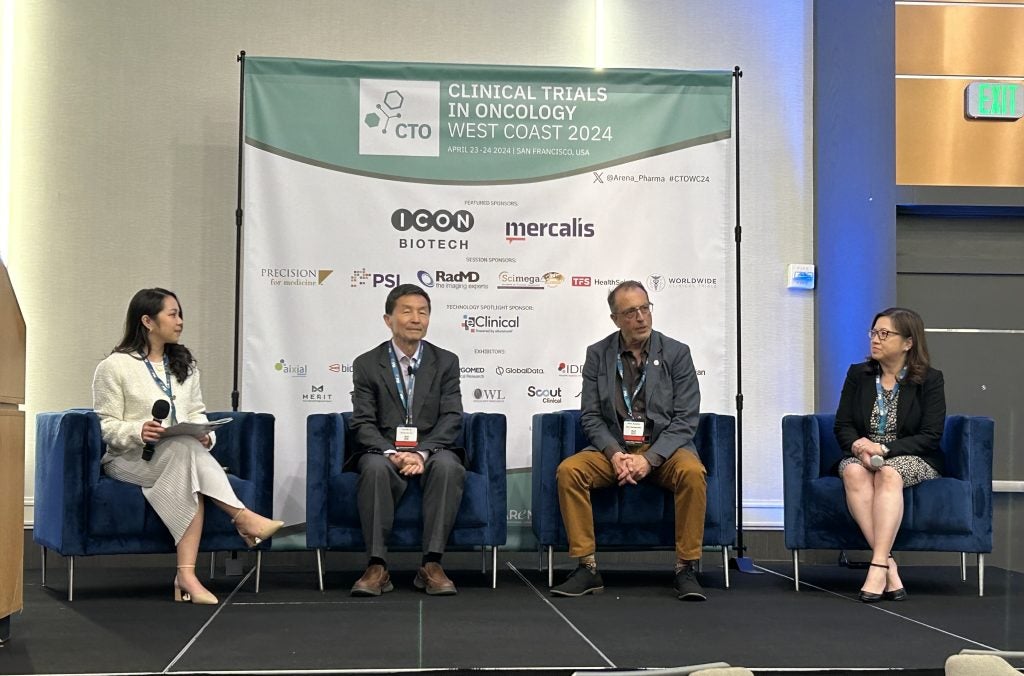
Researchers at Johns Hopkins Bloomberg School of Public Health in the US have revealed that the number of clinical trials being funded by the National Institutes of Health (NIH) has reduced since 2005.
The average size of the trials performed during 2005 to 2015 has also been reduced, with only 10% of trials enrolling more than 500 subjects.
This trend is feared to threaten an important aspect of NIH’s core mission of conducting clinical trials that involve human participants.
According to the study findings, a real-terms budgetary decrease is the main cause of NIH funding and conducting fewer trials.
Johns Hopkins Bloomberg School of Public Health department of epidemiology professor and senior author Curtis Meinert said: “The number of clinical trials NIH funds each year is declining, and that’s not because the trials are getting larger, so the power of that tool is diminishing.
“One would have hoped that this decline in numbers was compensated by a rise in larger-scale, higher-quality trials, but that wasn’t so.”
How well do you really know your competitors?
Access the most comprehensive Company Profiles on the market, powered by GlobalData. Save hours of research. Gain competitive edge.

Thank you!
Your download email will arrive shortly
Not ready to buy yet? Download a free sample
We are confident about the unique quality of our Company Profiles. However, we want you to make the most beneficial decision for your business, so we offer a free sample that you can download by submitting the below form
By GlobalDataAs part of the study, Meinert and colleagues have evaluated the NIH-funded clinical trials registered between 2005 and 2015 in the database of ClinicalTrials.gov.
It was found that the number of trials registered annually dropped from 1,580 to 930 during this period, a reduction of more than 40%.
During the same period, NIH funded altogether 12,987 clinical trials that were registered.
It was also found that the annual numbers for the smallest, Phase l trials, showed little change during 2005 to 2015. However, there were steady falls found during the larger Phase II and Phase III trials, as well as Phase IV trial, over the same period following FDA approval of an intervention.
Among other findings, the study also revealed that the total number of trials by each NIH institute varied hugely.
The National Cancer Institute carried a total of 4,987 trials over the ten-year period and has remained far ahead of other NIH organisations.







